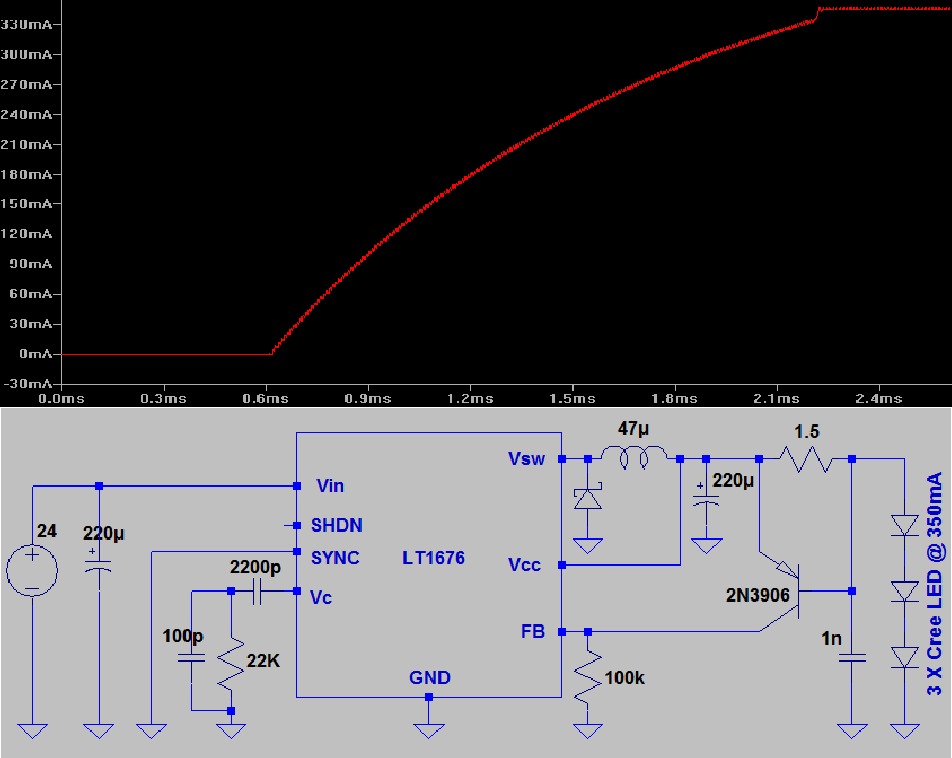Anyone know a good constant current driver, that delivers around 300mA?
Got a few requirements:
- Dont want to buy a driver
- Prefer leaded instead of SMD
- Input voltage @ 21VDC or 15VAC
- 300mA constant
- Good effeciency (80+)
Ive made a schematic with LM3407, that should be 90+ efficient. Downside is, that the LM3407 is a SMD - a quite small one actually (recommended footprint for the pins is only ~1x0.4mm!).
So what im looking for, is like "Have a look at the IC named xxx", or something like that
Looking forward to see what you guys can come up with
Got a few requirements:
- Dont want to buy a driver
- Prefer leaded instead of SMD
- Input voltage @ 21VDC or 15VAC
- 300mA constant
- Good effeciency (80+)
Ive made a schematic with LM3407, that should be 90+ efficient. Downside is, that the LM3407 is a SMD - a quite small one actually (recommended footprint for the pins is only ~1x0.4mm!).
So what im looking for, is like "Have a look at the IC named xxx", or something like that

Looking forward to see what you guys can come up with
Last edited:



 Very interesting way of doing things.
Very interesting way of doing things.
